Refine search
Actions for selected content:
12661 results in History of science

Polynesian Researches during a Residence of Nearly Six Years in the South Sea Islands
-
- Published online:
- 05 October 2014
- Print publication:
- 21 November 2013

Great Artists and Great Anatomists
- A Biographical and Philosophical Study
-
- Published online:
- 05 October 2014
- Print publication:
- 16 October 2013
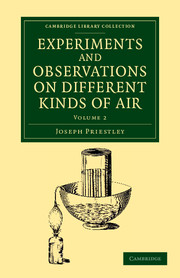
Experiments and Observations on Different Kinds of Air
- The Second Edition
-
- Published online:
- 05 October 2014
- Print publication:
- 05 September 2013

Histoire naturelle des animaux sans vertèbres
-
- Published online:
- 05 October 2014
- Print publication:
- 06 May 2013
- First published in:
- 1817
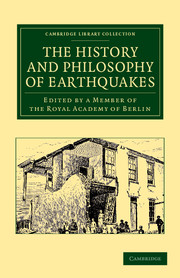
The History and Philosophy of Earthquakes
- Accompanied by John Michell's 'Conjectures Concerning the Cause, and Observations upon the Phænomena of Earthquakes'
-
- Published online:
- 05 October 2014
- Print publication:
- 22 August 2013
- First published in:
- 1757
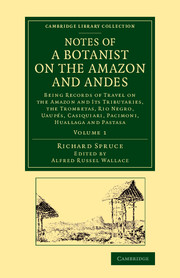
Notes of a Botanist on the Amazon and Andes
- Being Records of Travel on the Amazon and its Tributaries, the Trombetas, Rio Negro, Uaupés, Casiquiari, Pacimoni, Huallaga and Pastasa
-
- Published online:
- 05 October 2014
- Print publication:
- 20 February 2014

Taxidermy
- With the Biography of Zoologists
-
- Published online:
- 05 October 2014
- Print publication:
- 02 January 2014

An Historical Account of Coffee
- With an Engraving, and Botanical Description of the Tree
-
- Published online:
- 05 October 2014
- Print publication:
- 16 October 2013
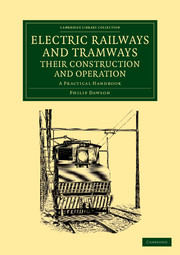
Electric Railways and Tramways, their Construction and Operation
- A Practical Handbook
-
- Published online:
- 05 October 2014
- Print publication:
- 27 June 2013
- First published in:
- 1897
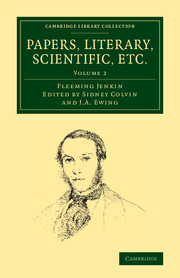
Papers, Literary, Scientific, Etc.
-
- Published online:
- 05 October 2014
- Print publication:
- 02 January 2014
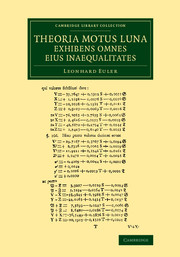
Theoria motus lunae exhibens omnes eius inaequalitates
- In additamento hoc idem argumentum aliter tractatur simulque ostenditur quemadmodum motus lunae cum omnibus inaequalitatibus innumeris aliis modis repraesentari atque ad calculum revocari possit
-
- Published online:
- 05 October 2014
- Print publication:
- 02 January 2014
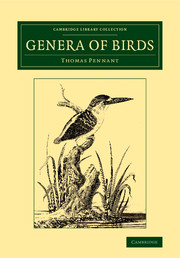
Genera of Birds
-
- Published online:
- 05 October 2014
- Print publication:
- 02 January 2014

Polynesian Researches during a Residence of Nearly Six Years in the South Sea Islands
-
- Published online:
- 05 October 2014
- Print publication:
- 21 November 2013
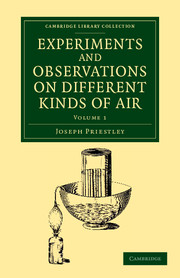
Experiments and Observations on Different Kinds of Air
- The Second Edition, Corrected
-
- Published online:
- 05 October 2014
- Print publication:
- 05 September 2013

A Treatise on the Yellow Fever, as It Appeared in the Island of Dominica, in the Years 1793–4–5–6
- To Which Are Added, Observations on the Bilious Remittent Fever, on Intermittents, Dysentery, and Some Other West India Diseases
-
- Published online:
- 05 October 2014
- Print publication:
- 16 October 2013
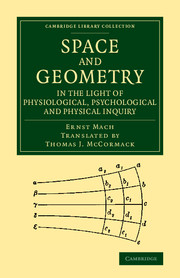
Space and Geometry in the Light of Physiological, Psychological and Physical Inquiry
-
- Published online:
- 05 October 2014
- Print publication:
- 23 January 2014
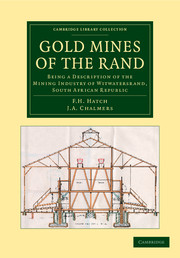
Gold Mines of the Rand
- Being a Description of the Mining Industry of Witwatersrand, South African Republic
-
- Published online:
- 05 October 2014
- Print publication:
- 13 June 2013
- First published in:
- 1895
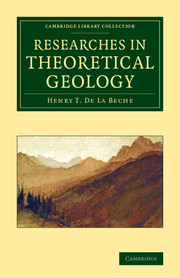
Researches in Theoretical Geology
-
- Published online:
- 05 October 2014
- Print publication:
- 20 March 2014
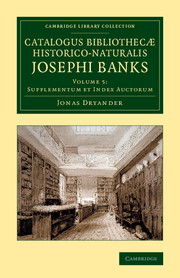
Catalogus bibliothecæ historico-naturalis Josephi Banks
-
- Published online:
- 05 October 2014
- Print publication:
- 27 March 2014
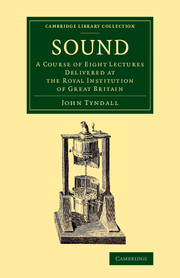
Sound
- A Course of Eight Lectures Delivered at the Royal Institution of Great Britain
-
- Published online:
- 05 October 2014
- Print publication:
- 23 January 2014
